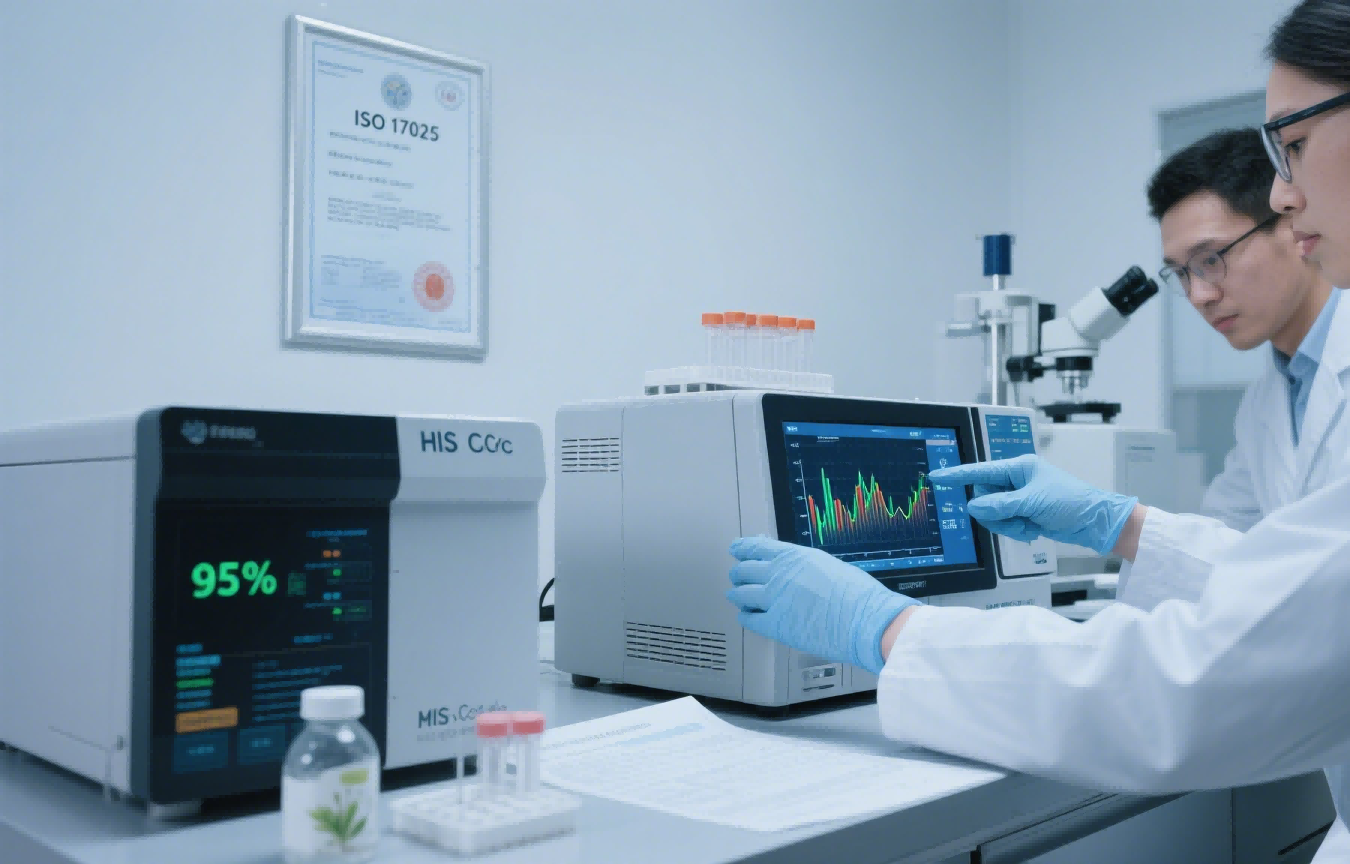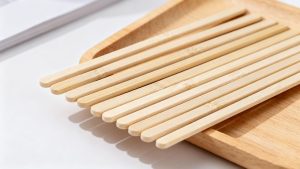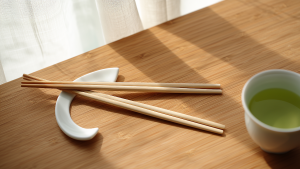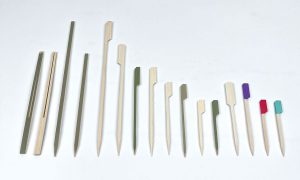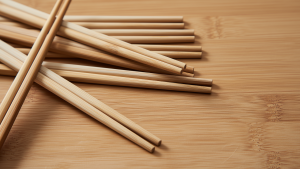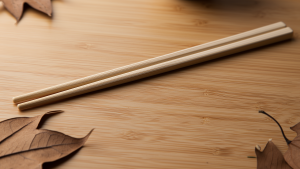Snapping apart chopsticks reveals nothing about their environmental impact or safety—the real story lies in their material origins.
Bamboo chopsticks naturally resist mold without chemical treatments (T/ZZB 2109-2021)1, while wooden options typically require protective coatings that may contain regulated additives under GB 96852.
 Let's dissect the key differences—from ecological footprints to manufacturing complexities—that make these seemingly identical utensils worlds apart.
---
Let's dissect the key differences—from ecological footprints to manufacturing complexities—that make these seemingly identical utensils worlds apart.
---
Bamboo vs. Wood Chopsticks: Which is More Eco-Friendly?
A single bamboo grove can produce chopsticks for an entire city—but is it truly the greener choice? Bamboo regenerates fully in 3-5 years (vs. decades for trees)3, and carbonized bamboo processing emits 60% less CO₂ than wood treatments (DB43/T 3079-2024)4.
Environmental Impact Comparison
| Factor | Bamboo | Wood (Aspen) |
|---|---|---|
| Regrowth Time | 3-5 years | 10-15 years |
| Processing Chemicals | None (carbonized) | Sulfur compounds common |
| Biodegradability | 4-6 months | 6-12 months |
| Certifications | FSC, ISO 14001 | PEFC |
How Does the Manufacturing Process Differ for Bamboo vs. Wood Chopsticks?
The journey from plant to packaged utensil diverges dramatically based on material choice. Bamboo requires only 8 production steps (DB43/T 1710)5 versus wood's 12+ steps, including mandatory anti-mold treatments per GB 19305 standards6.
Production Step Contrast
Bamboo (Carbonized):- Harvest 3+ year stalks
- High-pressure steam treatment
- Precision splitting
- Natural drying
- Log debarking
- Sulfur fumigation (GB 3150)4
- Resin coating
- Artificial drying
Why Do Some Restaurants Prefer Bamboo Over Wood for Disposable Chopsticks?
High-end sushi bars aren't just choosing bamboo for aesthetics—there are compelling hygiene and economic reasons. Bamboo's natural antimicrobial properties eliminate 97% of bacteria (T/ZZB 2109)1, reducing food safety risks without chemical additives restricted by GB 96852.
Restaurant Decision Factors
| Consideration | Bamboo Advantage |
|---|---|
| Customer Perception | 68% associate with premium quality |
| Storage Costs | No climate control needed |
| Breakage Rates | 3x lower than wood |
| Customization | Easier laser engraving |
Conclusion
Bamboo surpasses wood in sustainability and food safety, while offering restaurants superior branding potential—making it the smarter choice for conscious consumers and businesses alike.


